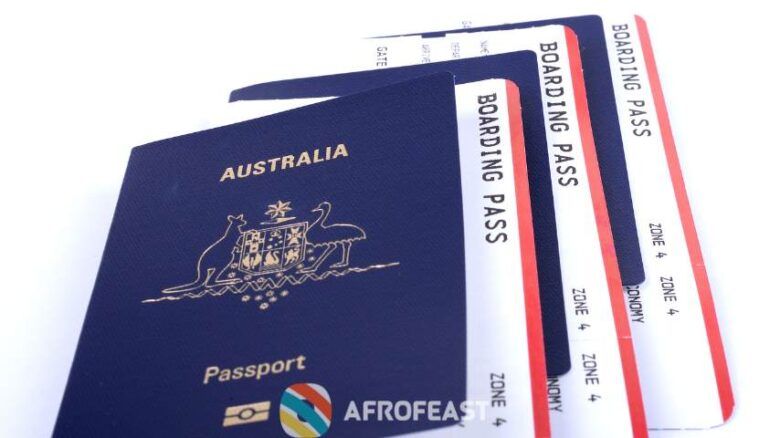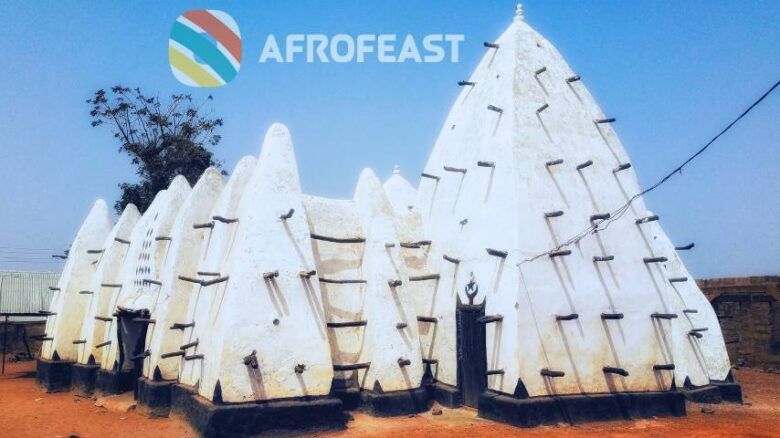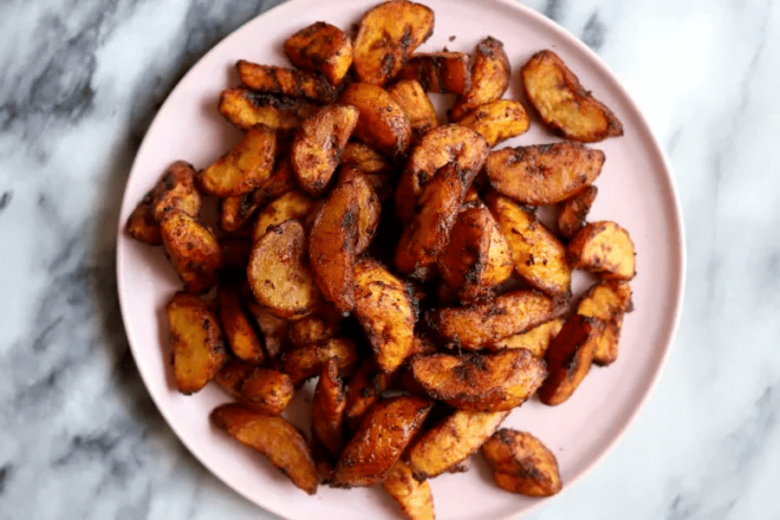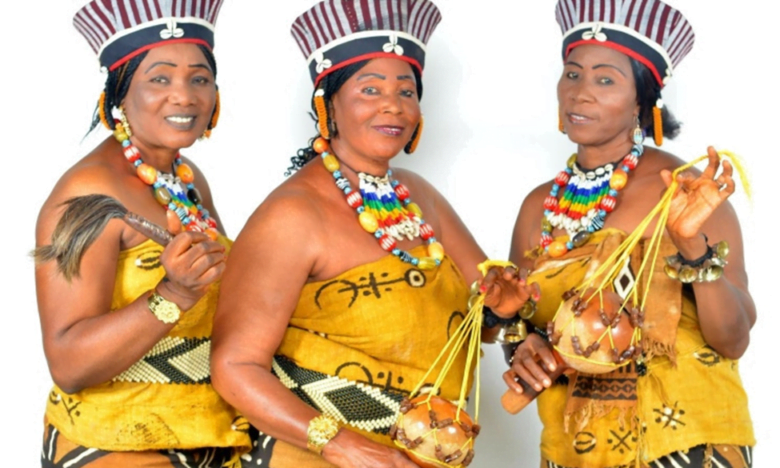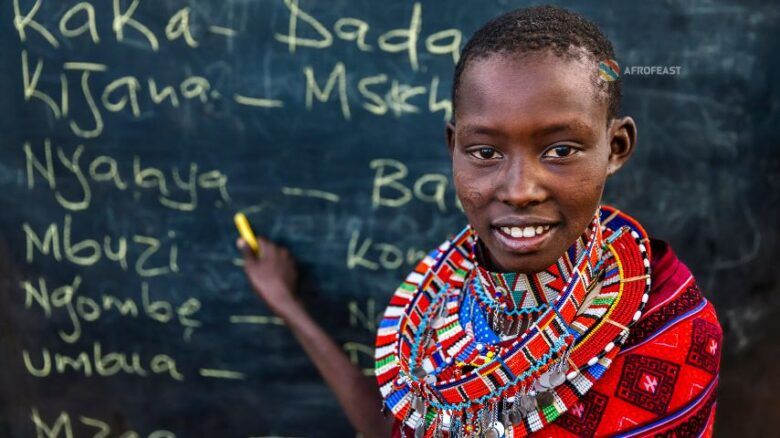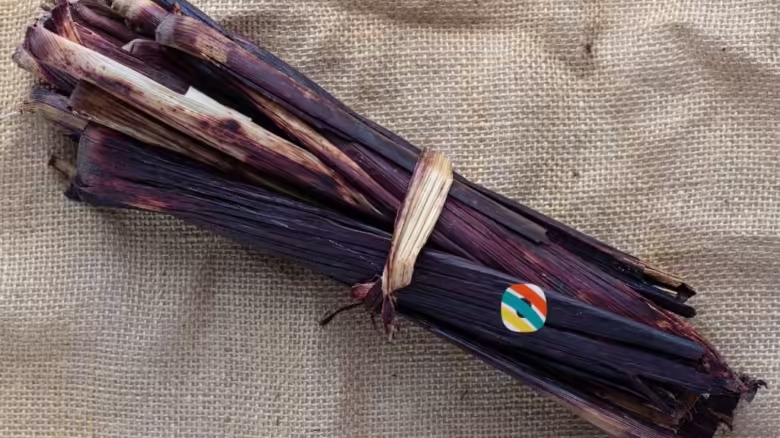Why You Need to Eat Waakye When You Visit Ghana

Why You Need to Eat Waakye
Pronounced “wah-chay,” waakye is more than simply a meal in Ghana; it’s a cultural encounter that entices the palate and fosters intergenerational relationships. If you are considering a vacation to this energetic country in West Africa, make sure you take advantage of the chance to enjoy this well-liked dish. We’ll explore the dish’s lengthy history, ingredients, preparation, and reasons to eat Waakye in this post.
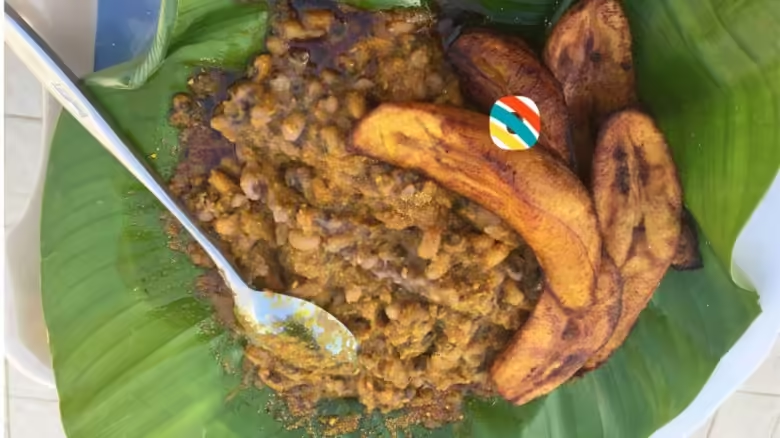
1. The Origins of Ghanaian Waakye
Waakye has a long history in Ghanaian culture that dates back many centuries to the Ashanti Empire. It gets its name from the Hausa word “wake,” which translates to “beans.”
Traditionally, this dish was made for celebrations, get-togethers with relatives, and special events. It is now a mainstay in Ghanaian cuisine and is loved by people from all walks of life.
2. Waakye ingredients
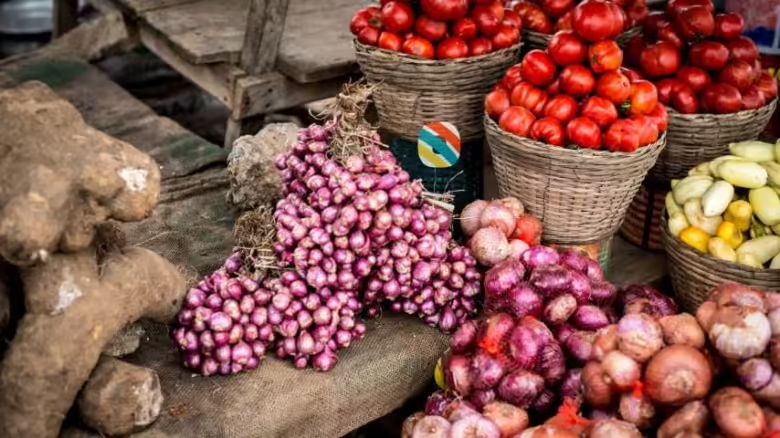
- The fundamental element of Waakye cuisine is the marriage of rice and black-eyed peas. When these two components are cooked together, a visually arresting dish with a reddish-brown tint is produced.
- Millet Leaves (Waakye Leaves): Dried millet leaves are added during cooking to provide flavour and colour. The peculiar aroma and taste of the meal are attributed to these leaves.
- Sorghum Leaves (Ayoyo): Sometimes referred to as jute leaves, ayoyo leaves are another crucial ingredient. They enhance Waakye’s total nutritional value and give it a little tanginess.
- Seasonings and Spices: Anise, ginger, and cloves are a few of the spices that improve the flavour profile. The dish is also seasoned with salt, dried meat or fish, and palm oil.
- Garnishes: Waakye is usually served with a hot sauce, fried plantains, and gari (cassava flakes). The fusion of flavours and textures produces a pleasing harmony.
3. How to prepare Waakye
- Boiling the Rice and Beans: The rice and beans are thoroughly washed and then boiled together. The millet leaves are added during cooking, infusing the mixture with their earthy essence.
- Simmering and Steaming: After boiling, the mixture is simmered until the rice and beans are tender. It’s then transferred to a steamer, where it continues to cook slowly. This dual cooking method ensures the perfect texture and flavour.
- Layering: Traditionally, Waakye is served in layers. The rice and beans form the base, followed by the sorghum leaves and garnishes. Each layer contributes to the overall taste experience.
4. Why You Should Try Waakye
- Waakye is a symphony of tastes—a taste explosion. A wonderful combination that dances on your palate is created by the nutty rice, creamy beans, and aromatic spices.
- Nutritional Benefits: Waakye is a hearty meal that combines grains and leafy greens. It has a lot of nutrients, vitamins, and fibre.
- Immersion in Culture: Consuming Waakye is akin to accepting Ghanaian culture. It’s an opportunity to rejoice in life, meet with locals, and exchange tales.
Conclusion
Be more than just a tourist in Ghana; explore the local cuisine. Look for a busy street seller or a quaint neighbourhood restaurant, order some Waakye, and allow the flavours to carry you to the centre of this energetic country.
Recall that Waakye is a celebration of community, custom, and the delight of sharing bread with one another rather than merely eating.
So gather your curiosity and appetite, and go off on an international culinary adventure. With a sizzling platter of goodness and open arms, Waakye is waiting for you.
Have you tried Waakye? If so let us know your experience in the comments below.


 English
English 

